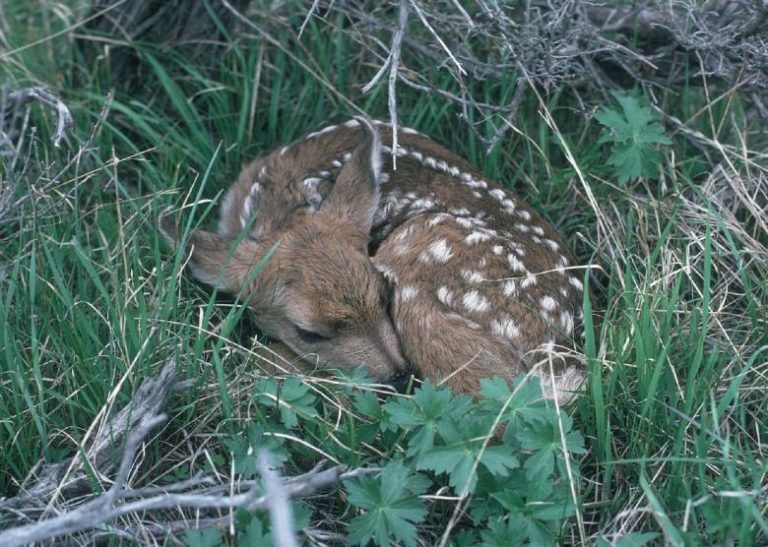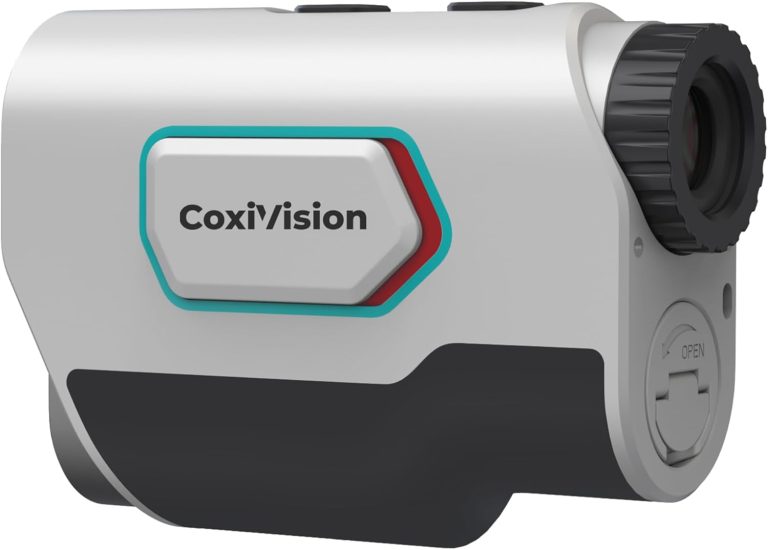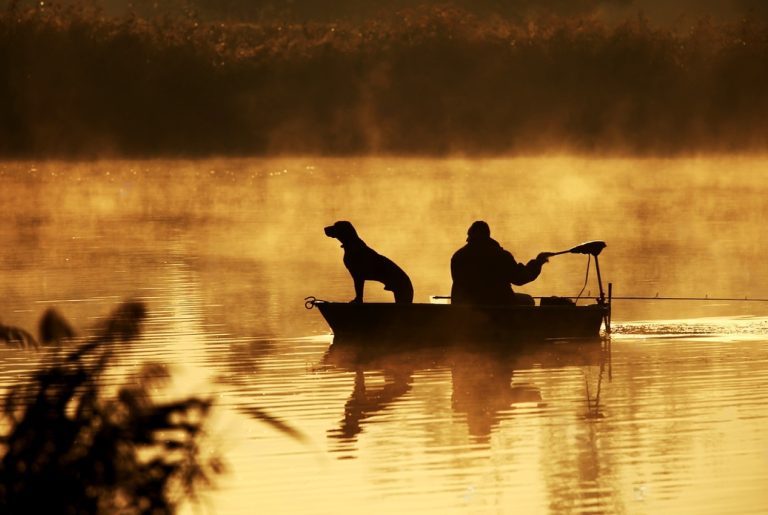Understanding Deer behaviour
Have you ever wondered how deer sleep, and what if knowing that could be helpful in hunting? For deer hunters who wish to improve their hunting skills, it is important to understand where the deer sleep. As many other wild animals do, deer have their own habits and preferences as to where they like to rest. Uncover the mysteries of deer sleeping behaviour and find out which hunting gear is available on Amazon in this comprehensive guide. These products will make your hunting trips more successful and ethical.
Deer Behaviour Factors
Deer are interesting creatures with instincts well-tuned to help them survive. Their behaviour is the result of being very conscious of their environment, and this consciousness dictates how they act, even down to where they sleep. There are many factors that influence deer bedding, with safety being the leading one. Other factors include predators, humans, and the environment.
Security is the highest priority, but comfort and proximity to food sources are also essential. Deer prefer to rest in safe areas with accessible escape routes. They favour thickets, dark forests, and clearings. Understanding these behaviour patterns allows tracking deer for observation or hunting.
Where Do Deer Sleep?
Typically, deer choose secure and secluded places to rest. Options include thickets, wooded areas, and dense brush, providing shelter from animals and bad weather. Deer prefer to sleep during the day in places that are partly shady and partly sunny. In the dark, they seek out more concealed and secure spots.
Seasonal changes greatly influence where deer sleep. In low temperatures, they seek spots that are less windy and sunnier. Conversely, in hotter weather, they prefer cooler and shadier areas. This knowledge of seasonal preferences is critical to hunters and animal lovers alike.
Finding Where Deer Sleep
It takes patience, careful observation, and a deep knowledge of how deer behave to find places where they rest. Look for signs such as tracks, faeces, and holes in the bedding. Using binoculars from a distance is a great way to watch deer without scaring them.
Approaching bedding areas requires stealth. Be silent and mindful of the wind direction to avoid revealing your presence to the deer. Observe from a distance to avoid disrupting the deer’s natural behaviour or habitat.
The Essential Gear for Hunters
Being able to track and hunt deer more effectively will require having the right equipment. Here are some of the most-searched-for hunting gear on Amazon:
- Trail Camera: Best Trail Camera will enable you to scout better. These cameras are ideal for monitoring where deer sleep and their movement because with night vision, motion detection, and long battery life.
- Hunting Blind:In order to remain concealed, a portable hunting blind is necessary. It is advisable to find a blind that can hide easily, can be quickly installed and does not obstruct the view.
- Scent Eliminator:Since deer have an exceptional sense of smell, you should ensure that your clothing has a scent eliminator for hunting. These products camouflage your odour and allow you to get closer to deer without them sensing your presence.
- Eyeglasses:To see deer from a distance, one needs quality binoculars. Select those that have a high magnification, clear images and can be used in the open air. Hunting Eye Glasses are essential.
Ethical hunting is very important. This involves treating animals with dignity, obeying regional hunting laws, and attempting to complete the task efficiently and kindly. Conservationists also require ethical hunters to maintain the balance of ecosystems and keep wildlife populations healthy.
Two key aspects of responsible and successful hunting include knowing where deer sleep and having the necessary equipment. With these tips and advice, you can perfect your hunting techniques but still respect the natural behaviour and habitat of deer. Amazon has many suggestions for hunting gear that will suit your needs. Have fun hunting!

Taking Care of a Pet Deer: Essential Supplies and Tools for Responsible Deer Owners
Unlike cats and dogs, it is not easy to keep a deer as a pet. This is due to the fact that deer are mostly wild animals with different requirements. On the other hand, if you are raising a deer, perhaps as part of a wildlife rehabilitation programme or something similar, there are some things and tools that one may wish for. It is important to note that having a deer as a pet can be both legal and ethical in various regions, so it is essential to adhere strictly to the wildlife laws and rules of your area.
- A Big, Safe Enclosure: For deer to graze and move around, they require a great deal of space. They require a vast, well-fenced area that resembles their natural environment. The shelter should be spacious enough to run around in and should have trees and native vegetation for shade.
- Feeders: Due to differences in the dietary requirements of deer, various types of feeders are required. You will require feeders that can accommodate the right food, which is normally a combination of forage, leaves, twigs, and manufactured deer food.
Deer Care Supplies and Equipment
Proper care for a pet deer requires various supplies and equipment. Here are some essential items:
- Water Troughs or Dispensers: Water is essential, and you require a large clean water source that fills up often.
- Supplements for Nutrition: If the deer can’t find natural foods that contain these nutrients, then they may need supplements. Discuss with a wildlife veterinarian about the necessary supplements.
- A Place to Hide from Bad Weather and Feel Safe: In a fenced area, deer will require shelter from bad weather and feel secure.
- Veterinary Care Supplies:
- Deer First Aid Kit: Designed specifically for deer, with items to treat injuries, hoof care products, and the necessary medications.
- Equipment to calm the deer down: More often, however, when the deer is injured or you need to use special veterinary instruments, you will have to sedate the animal.
- Enrichment Items: Deer are intelligent and inquisitive creatures that need to have their minds stimulated. Enrichment items include salt licks, safe toys, and things that promote natural foraging behaviour.
- Surveillance Gear: Such as cameras or monitoring systems, to spy on the deer, especially if you have a large land area or if the animal is injured and healing.
- Grooming Tools: Animal Grooming brushes, despite the fact that deer require less grooming than other pets.
- Ways to Get Rid of Insects: Ticks and flies often associate with deer. To prevent them from getting sick, insects should be kept out of the enclosure in a safe manner. Using Tick and fly repellents helps too.
- Transportation Equipment: If you ever have to transport the deer, then you will need a proper trailer or modify your vehicle somehow.
To ensure proper care, you must work hand in hand with a wildlife specialist or a veterinarian that is specialized in deer. Deer are also social animals that may not thrive alone, so consider the mental and social well-being of your deer. Recall that owning a deer as a pet is generally not advisable and sometimes even forbidden. This is more useful for facilities that treat sick animals or are animal sanctuaries.















